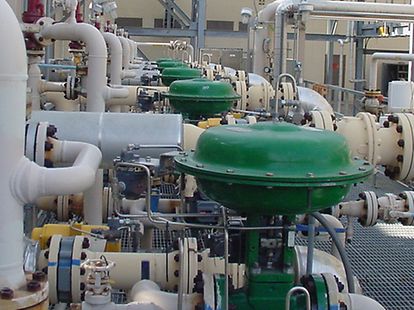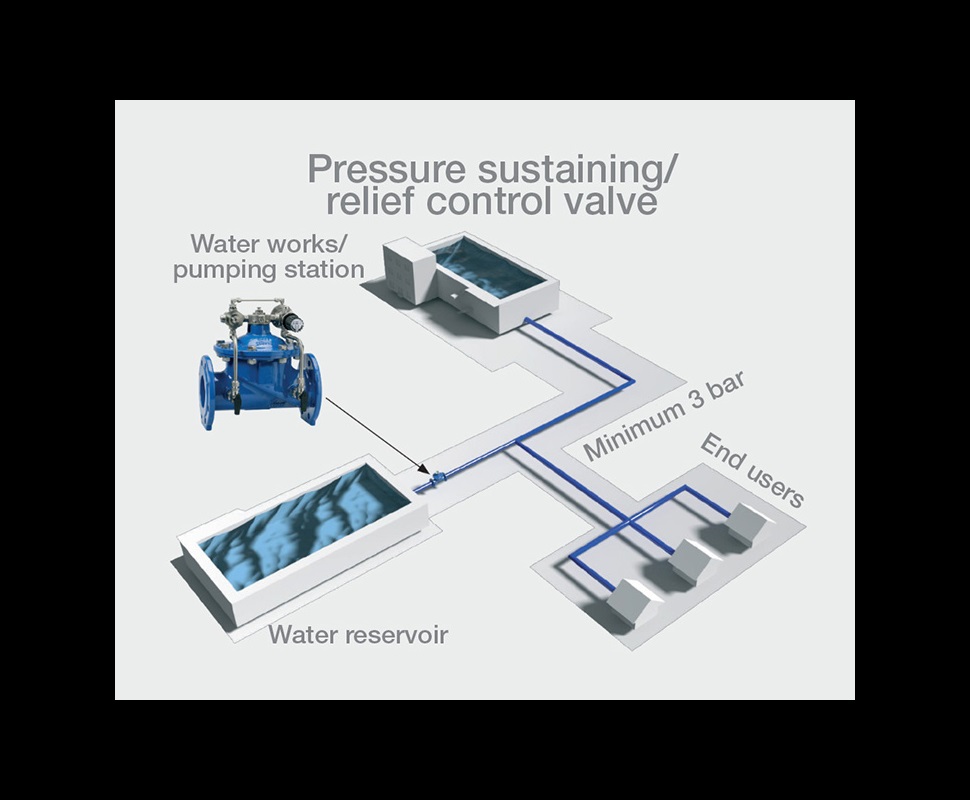
Maximize Energy Savings and Comfort With Advanced Building Automation Controls
In the world of modern design and center administration, the integration of advanced structure automation controls stands as a critical advancement. The convergence of modern technology and sustainability has birthed a brand-new period where energy efficiency, comfort optimization, and functional streamlining are no more far-off ambitions yet obtainable truths. By harnessing the power of automation, structures can adapt, react, and progress in manner ins which were once unthinkable. The possibility for significant power cost savings and boosted comfort is not simply an opportunity however a pledge waiting to be met. This paradigm change in building administration holds the essential to opening a globe where ecological conscientiousness and passenger health sympathetically coexist within the walls of our frameworks.
Power Effectiveness Conveniences
Power efficiency advantages can substantially reduce power intake and functional costs in buildings. By applying energy-efficient practices and modern technologies, building owners and operators can accomplish substantial savings while likewise adding to ecological sustainability. One of the key benefits of boosting energy effectiveness in buildings is the decrease of utility bills. Energy-efficient systems, such as sophisticated structure automation controls, can optimize the usage of sources like heating, cooling, and lights, bring about lower power expenses over time.
Additionally, boosted energy effectiveness can extend the life expectancy of structure tools and systems. By running extra successfully, heating and cooling systems, lighting fixtures, and other structure elements experience much less wear and tear, leading to lowered maintenance and replacement expenses. Furthermore, energy-efficient structures usually command greater building worths and rental prices, providing long-term financial advantages to proprietors.
Additionally, power performance can improve occupant comfort and efficiency. Properly regulated interior settings with optimum lighting and thermal problems produce an even more favorable and positive work area, causing improved staff member contentment and efficiency. Generally, the energy efficiency benefits connected with innovative building automation controls are complex, including price financial savings, environmental stewardship, and resident well-being.
Boosted Comfort Control
Enhancing convenience control in building environments requires an advanced integration of sophisticated automation systems for ideal owner wellness. By making use of advanced structure automation controls, centers can tailor the indoor setting to fulfill the particular demands and preferences of occupants. control valves.
Enhanced convenience control exceeds standard temperature changes. It includes functions such as customized settings, tenancy sensing units, and all-natural light application to create a receptive and vibrant setting. By including these sophisticated controls, structures can not only improve comfort but likewise improve energy performance by optimizing system operations based upon real tenancy and use patterns. Inevitably, focusing on resident comfort through sophisticated automation systems results in a more satisfying and much healthier interior atmosphere.
Functional Effectiveness Improvements

In addition, the implementation of real-time surveillance and analytics devices enables building drivers go to my blog to determine energy inadequacies and operational anomalies quickly. By continuously checking energy use patterns and system performance metrics, changes can be made in real-time to maximize power intake and make certain peak functional efficiency. control valves. Additionally, including demand feedback methods into building automation controls can better enhance functional effectiveness by dynamically adjusting energy usage based upon grid conditions and rates signals
Indoor Environment Optimization
Reliable interior climate optimization is a basic aspect of structure automation controls, guaranteeing passengers' comfort and wellness while maximizing power savings. By using innovative sensing units and controls, developing automation systems can continuously monitor and adjust temperature, humidity degrees, air quality, and ventilation to develop an ideal indoor setting. Maintaining consistent and comfortable conditions not only boosts passenger fulfillment however also increases productivity and total well-being.
Interior environment optimization likewise plays a critical role in energy effectiveness. By fine-tuning heating, cooling, and air flow systems based upon real-time data and occupancy patterns, developing automation controls can dramatically lower energy usage - control valves. For example, executing techniques such as demand-controlled ventilation and thermal zoning can assist reduce energy waste while making certain that each location of the structure gets the needed conditioning.

Sustainable Setting Production
Building automation regulates not only maximize indoor climate problems for power effectiveness and occupant comfort but also lay the structure for creating a sustainable setting with strategic management of systems and resources. By integrating innovative structure automation modern Get More Information technologies, such as sensors, actuators, and intelligent software application, facilities can keep an eye on and readjust energy use in real-time to lessen waste and lower their carbon footprint. These systems make it possible browse around this site for anticipating upkeep, determining possible concerns prior to they intensify and enhancing tools performance to enhance long life and effectiveness.
Furthermore, lasting environment production extends beyond energy management to include water conservation, waste reduction, and indoor air high quality renovation. Building automation controls can manage water use, spot leaks, and make sure correct waste disposal methods, contributing to general sustainability initiatives. Additionally, by controlling and checking air flow and filtration systems, these modern technologies improve resident health and wellness and efficiency while decreasing power consumption associated with cooling and heating procedures.
Final Thought
Finally, progressed structure automation manages offer considerable advantages in regards to power financial savings, comfort control, operational effectiveness, interior climate optimization, and developing a lasting atmosphere. By carrying out these controls, structures can attain optimum performance while minimizing energy consumption and improving occupant convenience. It appears that the usage of innovative automation technology is critical in improving structure efficiency and producing an extra lasting future.
Power performance advantages can significantly reduce power consumption and operational prices in structures. Generally, the energy efficiency advantages linked with innovative structure automation controls are complex, encompassing cost savings, ecological stewardship, and occupant well-being.
Furthermore, integrating need response strategies into structure automation controls can even more boost operational performance by dynamically adjusting energy usage based on grid conditions and prices signals.
Building automation controls not only maximize interior environment problems for power effectiveness and occupant comfort however also lay the structure for creating a sustainable atmosphere via tactical administration of systems and sources.In verdict, progressed building automation controls deal substantial advantages in terms of energy cost savings, convenience control, functional efficiency, interior environment optimization, and creating a lasting environment.